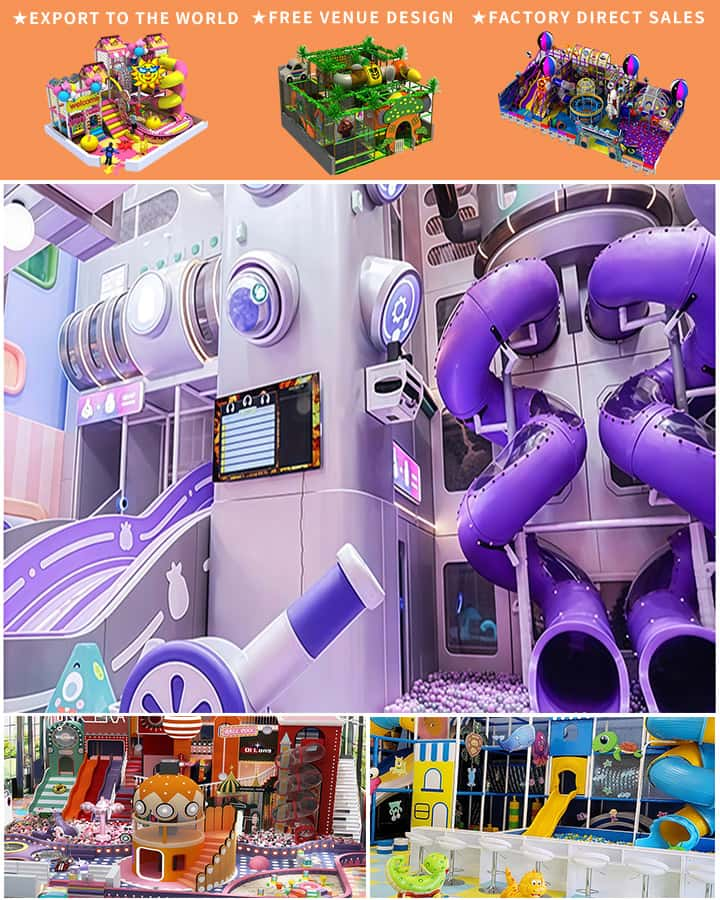Creating an indoor play area for kids at home is a fantastic way to nurture their imagination, keep them entertained during inclement weather, or simply provide a dedicated space for fun and learning. With some creativity and careful planning, you can design a vibrant and engaging play haven that both children and parents will love. Here are some key ideas and tips to help you get started on this exciting project.
1. Choose the Right Space
The first step in setting up an indoor play area is choosing the right location within your home. Ideally, select a room or designated corner that has enough space for various activities. A living room, basement, or even a spare bedroom can be transformed into a delightful play zone. Consider factors like natural light, ventilation, and proximity to adult supervision areas when making your choice.
2. Incorporate Fun Furniture
Kid-friendly furniture is both functional and fun. Bean bags, mini sofas, and soft floor mats provide comfortable seating options and can easily be moved around to create different play setups. Look for pieces that are durable, easy to clean, and safe for kids. Adding a small table and chairs encourages imaginative play and can double as an art station or snack area.

3. Stimulate Creativity with Toys
No play area is complete without toys that stimulate creativity and development. Stock up on a variety of age-appropriate toys such as building blocks, puzzles, dolls, and action figures. Open-ended toys are particularly beneficial as they encourage children to use their imagination. Additionally, consider incorporating educational toys that promote learning through play, such as alphabet puzzles, counting games, and science kits.
4. Create Themed Play Zones
Divide the play area into different zones based on themes or activities. For instance, set up a reading nook with a cozy bookshelf filled with children’s books and soft cushions. Alternatively, designate an arts and crafts corner equipped with drawing supplies, paints, and crafting materials. Themed zones make the play area more organized and help children engage in focused play.
5. Safety First
Safety should always be a top priority when designing an indoor play area. Ensure that the space is free from hazards such as sharp edges, loose cords, or small objects that could pose a choking risk. Use childproof locks on cabinets that store toys or cleaning supplies, and anchor heavy furniture to the wall to prevent tipping. Installing soft flooring or using foam mats can also provide additional protection against injuries from falls.
6. Personalize with Decor
Adding personal touches can make the play area feel special and inviting for your kids. Let them help choose the colors and decorations, whether it’s colorful wall decals, hanging mobiles, or their favorite character posters. Personalized decor not only makes the space more enjoyable but also fosters a sense of ownership and responsibility in children.
7. Maintain an Organized Space
Keeping the play area tidy can be achieved by integrating smart storage solutions. Bins, baskets, and shelves help contain toys and make cleanup time more manageable. Teach your kids the importance of organizing their playthings after use by involving them in the process of putting everything back in its place. An organized space ensures that the play area remains a welcoming and functional environment for future play sessions.
In conclusion, creating an indoor play area for kids at home is a rewarding endeavor that provides endless opportunities for fun and development. By thoughtfully selecting the space, incorporating engaging furniture and toys, ensuring safety, and maintaining an organized environment, you can transform any part of your home into a beloved play sanctuary for your children. So roll up your sleeves, unleash your creativity, and watch as your little ones thrive in their very own indoor playground!




